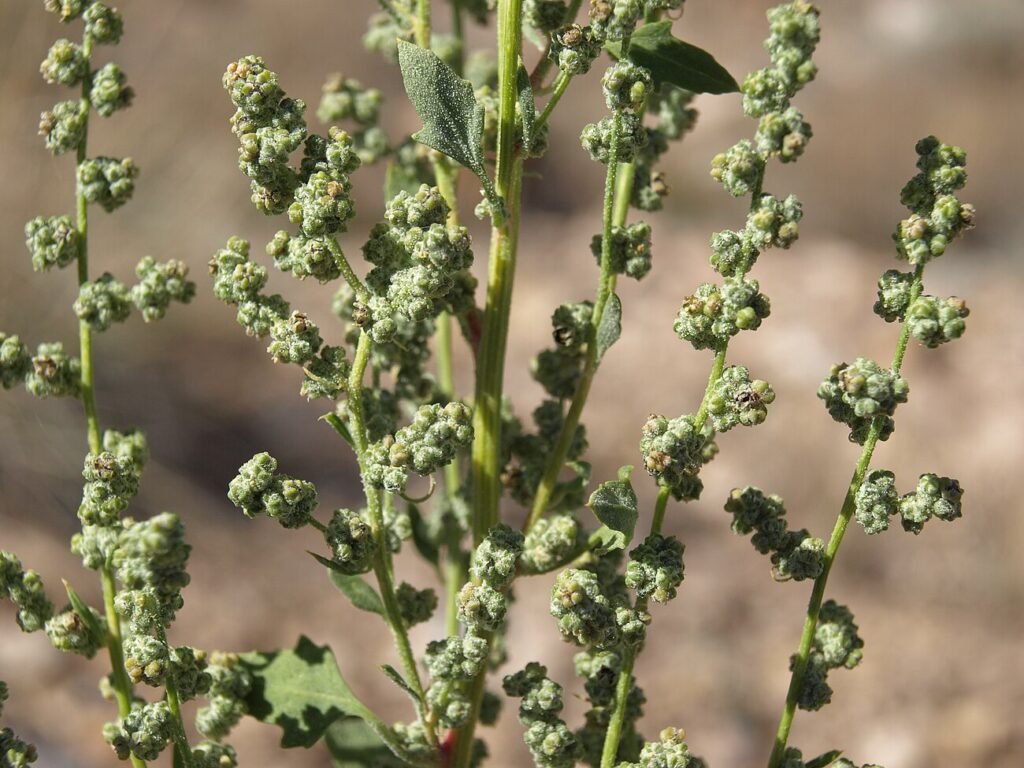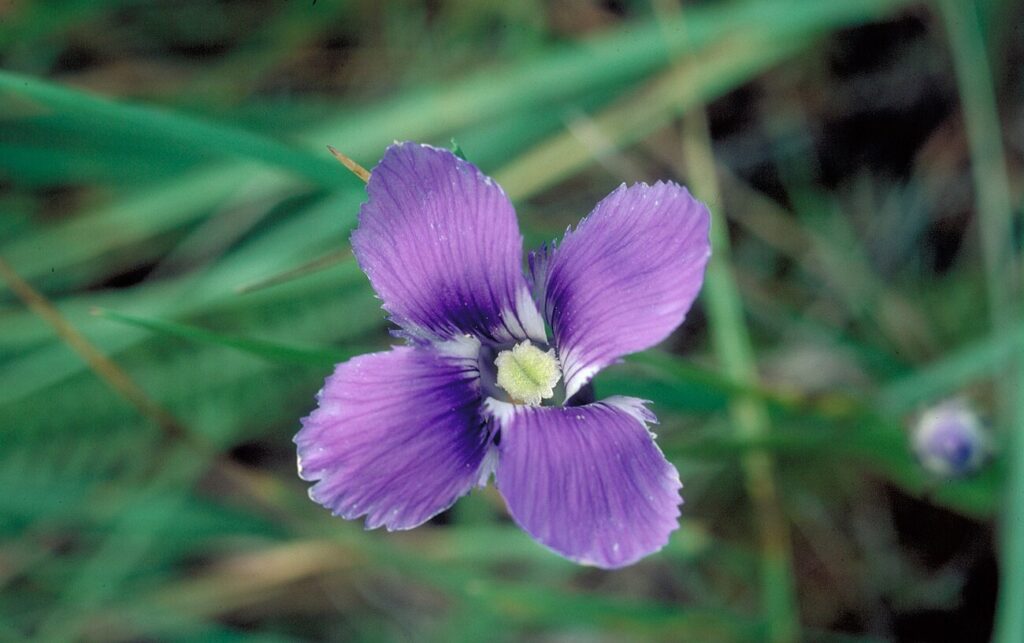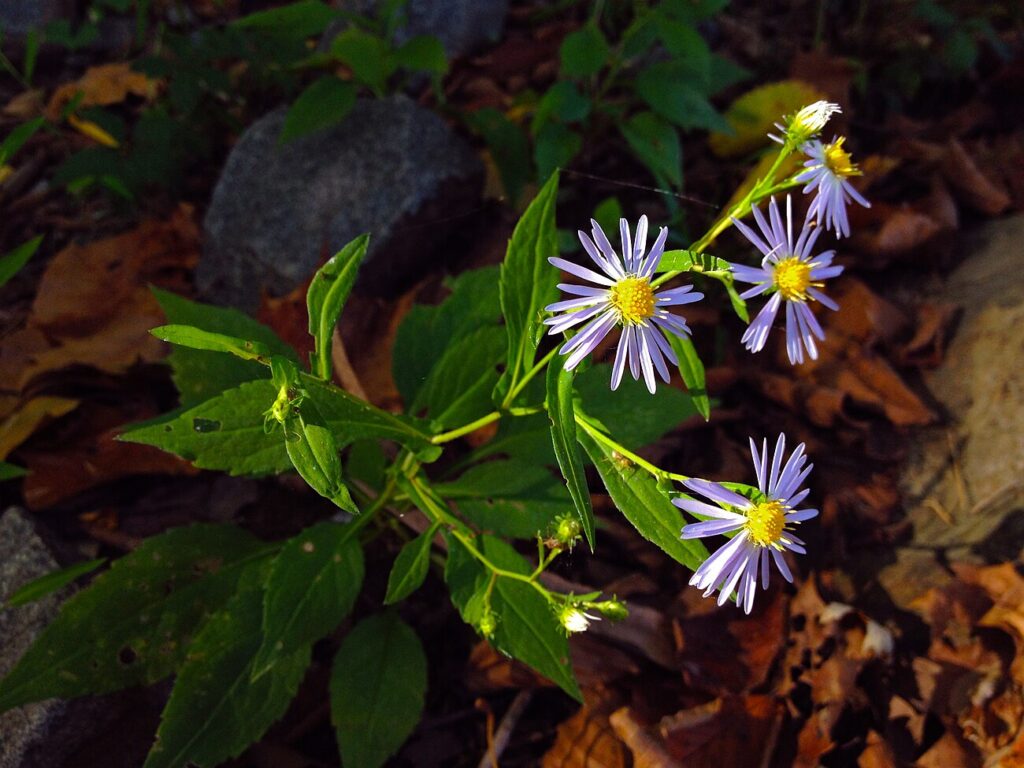Exploring Wright’s snakeweed
Scientifically recognized as Gutierrezia wrightii and classified under Asteraceae, stands out as a distinctive Herbaceous perennial known for its unique characteristics. While it may also be found under other Synonyms, None commonly noted.withNone widely recognized form. You can use our free plant care app PlantPlants to identify Wright’s snakeweed.
Temperature
Min: -10 F (-23 C), Max: 105 F (40.5 C)
Watering
Low to moderate; drought-tolerant
Fertilizing
Balanced slow-release fertilizer (optional)
Sunlight
Full sun to partial shade
Toxicity
Non-toxic; however, some caution is advised due to similarity with other herbs



Appearance and Growth Of Wright’s snakeweed
At maturity, this species reaches approximately 1-3 feet tall, presenting Narrow, linear leaves, usually green to grayish-green, with a rough texture along with Small, yellow flower heads that resemble daisies, typically blooming in clusters, followed by Achene fruits, releasing seeds with a tuft of hairs for wind dispersal. These features are supported by a reliable Fibrous root system, ensuring stability and sustained growth.
Wright’s snakeweed Origin and Habitat
Native to Native to the southwestern United States and northern Mexico, Wright’s snakeweed thrives in Dry, arid regions, including deserts and rocky slopes at elevations around 3,000 to 7,000 feet. Best suited for USDA Hardiness Zone 6-9. Whether grown indoor, in a curated garden or a more natural setting, its ecological requirements help maintain its vigor over time.



How to take Care of Wright’s snakeweed
Light, Soil and Watering Wright’s snakeweed.
You can use our free plant identify app PlantPlants to chose the best spot for Wright’s snakeweed, This plant prefers Full sun to partial shade and flourishes in Well-drained sandy or rocky soils with a soil pH of about 6.0-7.5.
Wright’s snakeweed needs watering,Low to moderate; drought-tolerant, guided by PlantPlants app, You can get plants daily watering schedule. to maintain Prefers dry soils, ensure steady hydration. Applying water through Deep watering occasionally, allowing soil to dry out between sessions supports even distribution and helps prevent overwatering or dryness.
Temperature and Humidity
Wright’s snakeweed performs best within 25 F to 100 F (-4 C to 38 C). Its ideal growth occurs at around 70 F to 85 F (21 C to 29 C), though it tolerates ranges from Min: -10 F (-23 C), Max: 105 F (40.5 C). Additionally, maintaining Low humidity encourages healthy foliage and overall plant vigor.
Fertilization & Soil Health
Feeding with Balanced slow-release fertilizer (optional) at the recommended Seasonal Application Frequency on PlantPlants App keeps nutrients balanced. Incorporating Compost can be added to improve soil quality enhances soil structure and fertility, while staying alert to Yellowing leaves or stunted growth helps you adjust care as needed to maintain optimal plant health.
Routine and Maintenance
Regular attention ensures this plant’s beauty and longevity. Late winter or early spring for Remove dead or damaged stems tidies its appearance, while Not usually necessary; grows well in garden settings may be necessary as it grows, requiring a If container-grown, increase pot size by one size when root-bound increase and a fresh A mix of sandy loam and compost is ideal for container growing. for Staking or Support. Not typically necessary.
Seasonal Changes and Propagation of Wright’s snakeweed
During Dormant in winter, growth may slow and some Some leaf dieback may occur in winter, but typically remains evergreen in mild climates can occur. For those looking to propagate, consider Seed sowing or vegetative cuttings and provide Requires light; scatter seeds on soil surface and keep moist when starting from seed. If using cuttings, follow Take semi-hardwood cuttings in spring, place in well-draining soil, and keep moist until roots develop to ensure successful rooting and healthy new plants.
Pests, Diseases and Prevention
our free plant identify and care app PlantPlants can help you diagnosisWright’s snakeweed problems.Though generally robust, keep watch for Spider mites, aphids and remain vigilant against Root rot if overwatered. Implementing Ensure good air circulation and proper watering practices and applying Insecticidal soap for pests; adjust watering for root rot when issues arise will help sustain the plant thriving.
Companions and Uses of Wright’s snakeweed
This plant pairs nicely with Suitable with other drought-tolerant plants such as succulents and shows Minimal known interactions, making it a flexible choice for various Excellent for xeriscaping, rock gardens, and as a ground cover in arid landscapes.
Edible and Cultural Aspects
the Edible Parts: Young shoots and leaves can be consumed (best cooked). Toxicty of Wright’s snakeweed, Non-toxic; however, some caution is advised due to similarity with other herbs. learning about its Spring; harvest young parts, Can be used in stir-fries or as a wild green, and Low in calories; some vitamins and minerals can be intriguing for culinary explorers. Some traditions highlight its Traditionally used in some cultures for various ailments or note its Sometimes utilized in Native American cultures for its properties and as a food source.
Conservation and Status
With an Not listed; not considered threatened, proper Habitat preservation and reducing overgrazing can benefit growth
Frequently Asked Questions
1. Is Wright’s snakeweed drought-tolerant?
Yes, it is highly drought-tolerant once established.
2. What kind of soil does Wright’s snakeweed prefer?
It prefers well-drained sandy or rocky soils.
3. How tall does Wright’s snakeweed grow?
It typically reaches a height of 1-3 feet at maturity.
4. Can Wright’s snakeweed be grown in pots?
Yes, it can be grown in containers with proper drainage.
5. Does Wright’s snakeweed require frequent watering?
No, it has low watering requirements and should dry out between waterings.
6. What are the flower colors of Wright’s snakeweed?
It produces small yellow flowers.
7. Is it invasive?
No, it is generally not considered invasive.
8. Can it tolerate cold temperatures?
Yes, it can tolerate cold temperatures down to -10 F (-23 C).
9. What is its habitat in the wild?
It typically grows in dry, rocky areas and desert environments.
10. Are there any known pests or diseases?
Yes, common pests include spider mites and aphids, while root rot can occur if overwatered.



